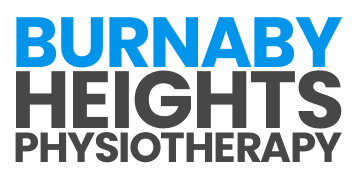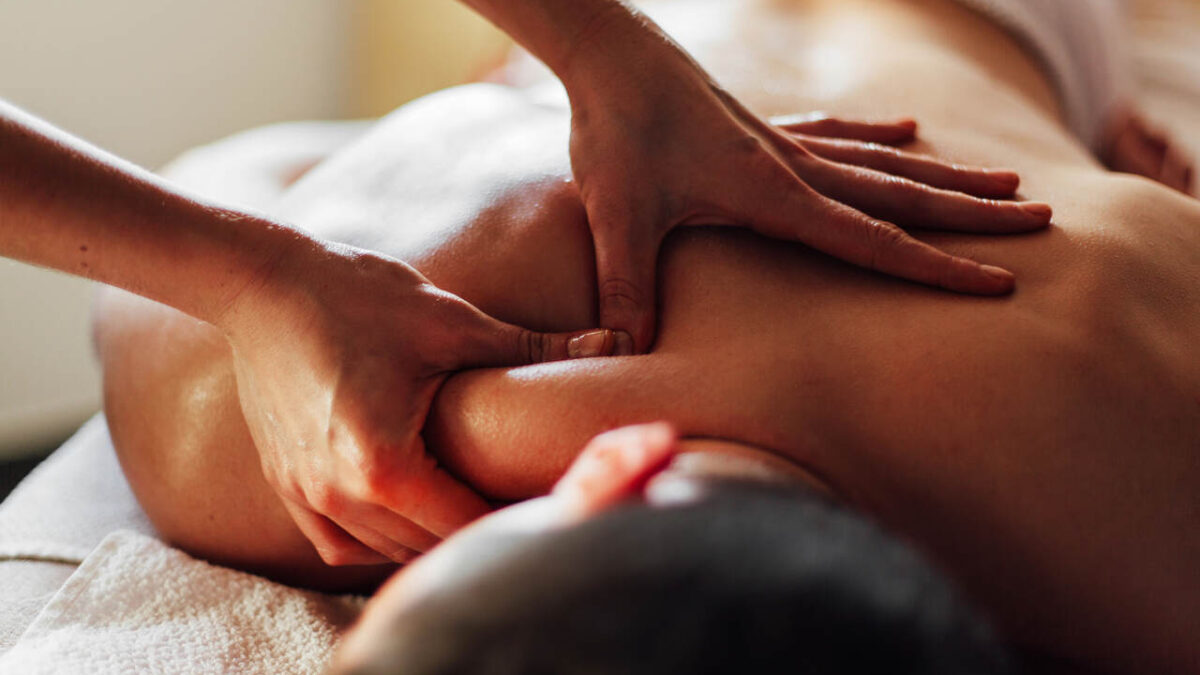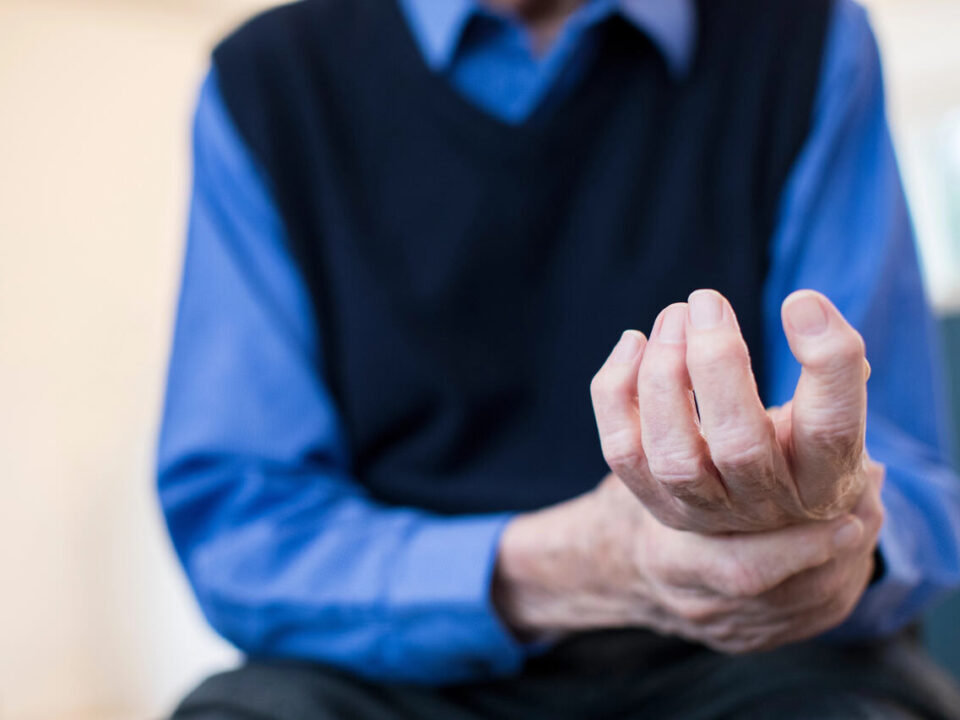
Choosing Your Path to Relaxation: Exploring the Different Types of Massage Therapy
July 18, 2024
The Ultimate Headache Hack: Massage Therapy for Migraines
July 18, 2024The Power of Therapeutic Massage Therapy
Therapeutic massage therapy holds immense potential in promoting overall well-being. By understanding its core principles and recognizing its benefits, you can harness its full potential.
Understanding Therapeutic Massage
Therapeutic massage is a holistic approach aimed at addressing various physical and emotional health concerns. Unlike other forms of massage, it specifically targets problem areas to relieve pain, reduce stress, and enhance overall body function. This type of massage combines different techniques and pressures to suit your individual needs, making it a versatile option for many.
Therapeutic massage includes several modalities such as Swedish massage therapy, deep tissue massage therapy, and trigger point therapy massage. Each of these techniques offers unique benefits and can be customized to address specific issues you may be experiencing.
Benefits of Therapeutic Massage Therapy
The advantages of therapeutic massage therapy extend beyond mere relaxation. Here are some notable benefits:
| Benefit | Description |
|---|---|
| Pain Relief | Alleviates chronic pain conditions like back pain and arthritis. |
| Stress Reduction | Lowers stress hormones and promotes relaxation, helping to manage anxiety. |
| Improved Circulation | Enhances blood flow, contributing to better oxygen and nutrient delivery to tissues. |
| Muscle Recovery | Facilitates recovery from injuries, making it ideal for rehabilitative massage therapy. |
| Enhanced Flexibility | Improves range of motion and flexibility, reducing the risk of injuries. |
| Mental Clarity | Promotes mental well-being and reduces symptoms of fibromyalgia. |
For those dealing with chronic conditions, therapeutic massage can be especially beneficial. It can significantly improve quality of life by managing symptoms of conditions like carpal tunnel syndrome, migraines, and even seniors.
By integrating therapeutic massage therapy into your wellness routine, you can experience these benefits firsthand. For more detailed insights, explore our article on massage therapy benefits.
Techniques and Modalities
In therapeutic massage therapy, various techniques and modalities are employed to address specific needs and conditions. Here, we explore three popular types: Swedish massage, deep tissue massage, and trigger point therapy.
Swedish Massage
Swedish massage is one of the most common and widely recognized forms of therapeutic massage therapy. It involves long, flowing strokes, kneading, and circular movements on the topmost layers of muscles. This technique aims to relax the entire body and improve circulation.
Benefits of Swedish Massage:
- Reduces muscle tension
- Enhances blood flow
- Promotes relaxation
For more detailed information, visit our article on Swedish massage therapy.
Deep Tissue Massage
Deep tissue massage focuses on realigning deeper layers of muscles and connective tissue. This technique is particularly beneficial for individuals with chronic pain, muscle injuries, or tension. The strokes are similar to those used in Swedish massage, but the pressure is more intense and concentrated on specific areas.
Benefits of Deep Tissue Massage:
- Alleviates chronic pain
- Breaks down scar tissue
- Relieves muscle tension
| Technique | Pressure Level | Target Areas | Duration (minutes) |
|---|---|---|---|
| Swedish Massage | Light to Medium | Entire Body | 60 – 90 |
| Deep Tissue Massage | Medium to High | Specific Muscle Groups | 60 – 90 |
For more insights, read about deep tissue massage therapy.
Trigger Point Therapy
Trigger point therapy targets “trigger points,” which are tight areas within muscle tissue that cause pain in other parts of the body. This technique involves applying focused pressure to these points to release tension and alleviate pain. It’s particularly useful for conditions such as fibromyalgia and chronic muscle pain.
Benefits of Trigger Point Therapy:
- Reduces referred pain
- Improves range of motion
- Decreases muscle stiffness
Visit our article on trigger point therapy massage for additional details.
Incorporating these different techniques into your wellness routine can offer numerous benefits. Whether you’re looking to relax, manage pain, or improve mobility, there’s a therapeutic massage therapy modality suited to your needs. Explore more about the types of massage therapy available to find the best fit for you.
Conditions Treated with Therapeutic Massage
Therapeutic massage therapy in Burnaby is a versatile treatment that can address various health conditions. Understanding how it can help with chronic pain, stress, anxiety, and injury rehabilitation is key to appreciating its full benefits.
Chronic Pain Management
Chronic pain can severely impact your quality of life. Therapeutic massage offers a non-invasive way to manage and reduce persistent pain. Techniques like deep tissue massage therapy and trigger point therapy massage target deeper layers of muscle and connective tissue, helping to alleviate pain.
| Condition | Massage Type | Frequency (Sessions/Month) |
|---|---|---|
| Lower Back Pain | Deep Tissue | 4 |
| Fibromyalgia | Swedish | 3 |
| Arthritis | Trigger Point | 4 |
For more on managing pain with massage, see our article on massage therapy for back pain.
Stress and Anxiety Relief
In today’s fast-paced world, stress and anxiety are common. Therapeutic massage can help mitigate these issues by promoting relaxation and reducing cortisol levels. Techniques such as Swedish massage therapy are particularly effective for stress relief.
| Condition | Massage Type | Frequency (Sessions/Month) |
|---|---|---|
| General Stress | Swedish | 2 |
| Anxiety | Swedish | 3 |
| Insomnia | Swedish | 2 |
Learn more about how massage can help with stress in our article on massage therapy benefits.
Injury Rehabilitation
Injuries can be debilitating, but therapeutic massage can aid in the recovery process. Techniques like sports massage therapy and rehabilitative massage therapy focus on improving circulation, reducing muscle stiffness, and enhancing flexibility.
| Condition | Massage Type | Frequency (Sessions/Month) |
|---|---|---|
| Sports Injuries | Sports Massage | 4 |
| Post-Surgical Recovery | Rehabilitative | 3 |
| Carpal Tunnel Syndrome | Trigger Point | 3 |
For more detailed information, check out our article on massage therapy for carpal tunnel syndrome.
Incorporating therapeutic massage into your wellness routine can provide significant relief for chronic pain, stress, anxiety, and injuries. By understanding the different conditions treated with massage therapy, you can make informed decisions about your health.
Choosing the Right Massage Therapist
Selecting the appropriate massage therapist is essential for ensuring that your therapeutic massage therapy experience is both effective and enjoyable. Here are some critical factors to consider.
Qualifications and Credentials
When choosing a massage therapist, their qualifications and credentials are paramount. Here are key aspects to evaluate:
- Education: Ensure the therapist has graduated from an accredited massage therapy program.
- Licensing: Verify that they hold a valid license to practice in your state.
- Certifications: Look for additional certifications in specific modalities, such as deep tissue or Swedish massage therapy.
- Experience: Consider the therapist’s experience, especially in treating conditions similar to yours, like chronic pain or stress and anxiety.
| Credential | Importance Level |
|---|---|
| Accredited Education | High |
| State License | High |
| Specialized Certifications | Medium |
| Years of Experience | High |
Communication and Comfort Level
Effective communication and comfort are crucial for a positive therapeutic massage experience. Here’s what to look for:
- Initial Consultation: Assess how well the therapist listens to your needs and discusses your health history.
- Comfort Level: Gauge your comfort with the therapist—feeling at ease is vital for relaxation and effectiveness.
- Feedback Mechanism: Ensure the therapist encourages feedback during and after sessions to tailor the therapy to your needs.
- Professionalism: The therapist should maintain a high level of professionalism, respecting your boundaries and privacy.
| Factor | Importance Level |
|---|---|
| Effective Listening | High |
| Comfort Level | High |
| Feedback Encouragement | Medium |
| Professionalism | High |
By considering these factors, you can find a massage therapist who meets your needs and enhances your therapeutic massage therapy experience. For more insights on different massage techniques, explore our articles on trigger point therapy massage and deep tissue massage therapy.
What to Expect During a Therapeutic Massage Session
Understanding what to expect during a therapeutic massage session can help you feel more comfortable and prepared. This section covers the initial consultation and the massage session itself.
Initial Consultation
Before your massage begins, you will have an initial consultation with the massage therapist. This is an essential part of the process as it allows the therapist to understand your specific needs and goals.
During the consultation, you can expect the therapist to ask questions about:
- Your medical history
- Any current health conditions or injuries
- Areas of pain or discomfort
- Your lifestyle and stress levels
- Previous experiences with massage therapy
This information helps the therapist tailor the session to your individual needs. Be honest and thorough in your responses to ensure the best possible outcome. For more detailed information about different massage therapy techniques, you can explore our comprehensive guide.
The Massage Session
Once the consultation is complete, the massage session will begin. Here’s what you can typically expect during the session:
Setting the Environment
The therapist will guide you to a private, comfortable room. Soft lighting, calming music, and a warm temperature are often used to create a relaxing atmosphere.
Undressing and Positioning
You will be asked to undress to your comfort level. Most people choose to wear just their underwear. You will then lie on a massage table and be covered with a sheet or towel, ensuring your privacy and comfort.
The Massage
The therapist will use a variety of techniques and modalities based on your consultation. Common techniques include:
- Swedish Massage: Uses long, flowing strokes to promote relaxation. Learn more about Swedish massage therapy.
- Deep Tissue Massage: Focuses on deeper layers of muscle tissue to relieve tension. Explore more about deep tissue massage therapy.
- Trigger Point Therapy: Targets specific points of tension for pain relief. For details, visit our article on trigger point therapy massage.
The therapist will regularly check in with you to ensure the pressure and techniques are comfortable.
Duration and Timing
A typical session lasts between 60 to 90 minutes. Here’s a common breakdown:
| Session Duration | Activities |
|---|---|
| 10-15 minutes | Initial Consultation |
| 45-75 minutes | Massage Therapy |
Post-Massage Guidance
After the session, the therapist may provide guidance on self-care practices to enhance the benefits of the massage. This could include stretches, hydration tips, or recommendations for follow-up sessions. For more on incorporating massage into your wellness routine, see our article on self-care practices to enhance massage benefits.
Understanding each step of the process can help you fully relax and enjoy the therapeutic benefits of your massage therapy session.
Incorporating Massage Therapy into Your Wellness Routine
Frequency of Sessions
Finding the right frequency for your therapeutic massage sessions can maximize the benefits and align with your wellness goals. The ideal frequency varies based on individual needs, lifestyle, and specific health conditions. Below is a general guideline to help you determine how often to schedule your sessions:
| Wellness Goal | Recommended Frequency |
|---|---|
| General Relaxation | Once a month |
| Stress Management | Every 2-4 weeks |
| Chronic Pain Management | Weekly to bi-weekly |
| Injury Rehabilitation | 1-2 times per week |
| Sports Performance | Bi-weekly or as needed |
It’s essential to consult with your massage therapist to tailor the frequency based on your unique requirements. For more detailed information on specific conditions, you can explore our articles on massage therapy for back pain and massage therapy for fibromyalgia.
Self-Care Practices to Enhance Massage Benefits
To prolong and enhance the benefits of your therapeutic massage therapy, incorporating self-care practices into your daily routine is crucial. Here are some effective self-care strategies:
- Hydration: Drink plenty of water before and after your session to help flush out toxins and keep your muscles hydrated.
- Stretching: Engage in regular stretching exercises to maintain flexibility and reduce muscle tension. This is especially important if you’re receiving sports massage therapy.
- Mindfulness and Relaxation: Practice mindfulness techniques such as meditation or deep breathing exercises to manage stress and promote relaxation.
- Heat Therapy: Use heating pads or warm baths to soothe sore muscles and improve circulation.
- Healthy Diet: Maintain a balanced diet rich in vitamins and minerals to support overall health and muscle recovery.
By integrating these self-care practices, you can enhance the effectiveness of your therapeutic massage sessions and contribute to your overall well-being. For more tips and techniques, consider reading our articles on massage therapy techniques and deep tissue massage therapy.
Incorporating therapeutic massage therapy into your wellness routine can be a transformative experience. By understanding the right frequency of sessions and adopting effective self-care practices, you can achieve optimal results and enjoy a healthier, more balanced life.






